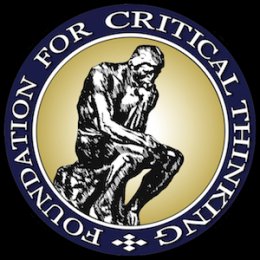
This course is for educators or trainers who are actively instructing students or trainees during the semester.
CT700 introduces a substantive conception of critical thinking and how to infuse this conception into your instruction. It fosters understanding of how to teach critical thinking skills to students through any subject or discipline, and at any level of instruction.
In this course, you will be introduced to the Elements of Reasoning, Universal Intellectual Standards, and Intellectual Traits through readings, discussions, and practical application activities. You will redesign lessons and strategies using the concepts and principles of critical thinking. You will practice strategies for Socratic discussions. You will help students learn to consciously use critical thinking concepts and strategies in learning and in their lives. You will redesign and teach lessons you develop for your own classes and receive credit for doing so!
While applying your mind in this course, you can expect to successfully: